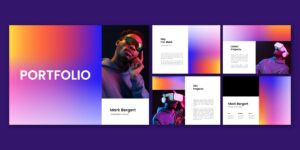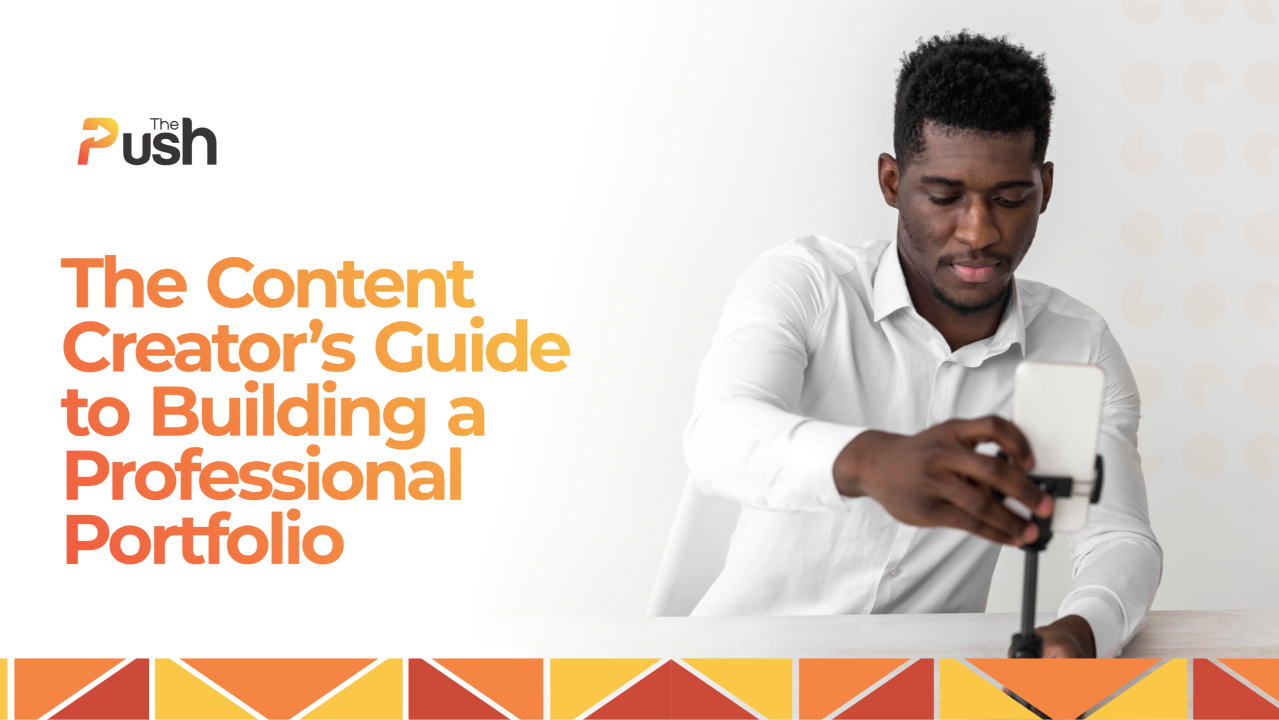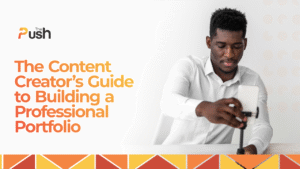In today’s creative world, your talent isn’t always enough. You might be a brilliant writer, designer, or video editor, but if nobody sees your work, how will they know? That’s why every content creator needs a professional portfolio.
It’s the space where your work speaks for you, where first impressions are made, and where clients, recruiters, or employers decide if you’re worth the opportunity.
But your portfolio shouldn’t just be a random collection of things you’ve done. It needs to be intentional, polished, and built to sell your skills. Here’s how to do that.

Why Is Your Portfolio Important?
A portfolio is more than a gallery of your past work. It’s:
- Proof of what you can do. Talk is cheap, showing your work proves your skills.
- Your personal brand. It tells people your style, voice, and creative strengths.
- A dealmaker. In many cases, a portfolio is the deciding factor in whether you get hired.
Without one, you’re basically invisible.
Choose the Right Home for Your Work
Where you host your portfolio matters. You don’t need to overthink it, but pick a platform that fits your field:
- Writers → Medium, Substack, or your own blog.
- Designers → Behance, Dribbble, or a personal website.
- Video creators → YouTube, Vimeo, TikTok.
- Social media managers → LinkedIn (Featured section) or a website that highlights campaigns.
If you can, a personal website gives you the most control and keeps everything in one place.

Curate It Properly
Here’s a common mistake: uploading everything you’ve ever done. A good portfolio isn’t a storage folder, it’s a highlight reel.
Ask yourself:
- Does this show my best work?
- Does it reflect the type of clients or roles I want?
- Would I be proud if this was the only thing they saw?
It’s better to have 6 strong projects than 20 average ones.
Add Context, Not Just Content
Don’t just post a screenshot or link. Tell the story.
For each project, share:
- The challenge: What problem needed solving?
- Your role: What did you specifically do?
- The process: How you approached it.
- The outcome: Results, metrics, or impact.
This shows potential employers how you think, not just what you produce.

Show Range, But Stay Consistent
If you’re a social media content creator, include different formats like graphics, reels, copy. If you’re a designer, include branding, websites, and maybe packaging. Variety is good, but the overall quality and style should feel consistent. That’s what makes people remember you.
Keep It Updated
Your portfolio isn’t a “set it and forget it” project. Update it regularly with your latest work. An outdated portfolio can make you look inactive, even if you’ve been busy behind the scenes.
The creative industry in 2025 is crowded, but the good thing is this: the right portfolio sets you apart. It doesn’t need to be perfect from day one, but it does need to exist and it needs to reflect where you want to go, not just where you’ve been.
So, if you’re still putting off building yours, take this as your sign. Start small, curate carefully, and keep it updated. Opportunities are already out there, you just need to make it easy for the right people to find you.
And you can get started out immediately with The Comms Accelerator.
Register here.





